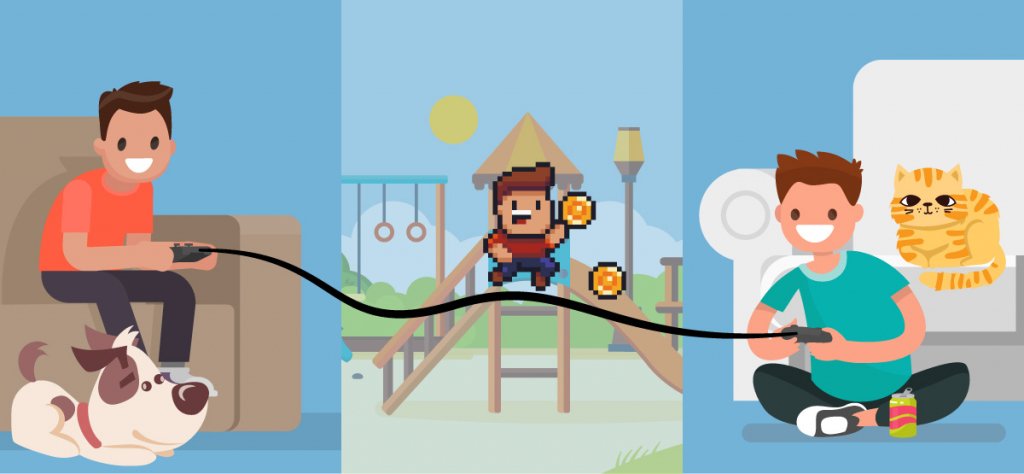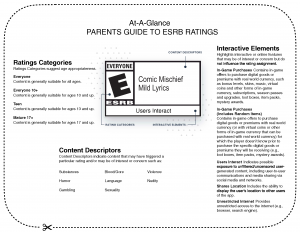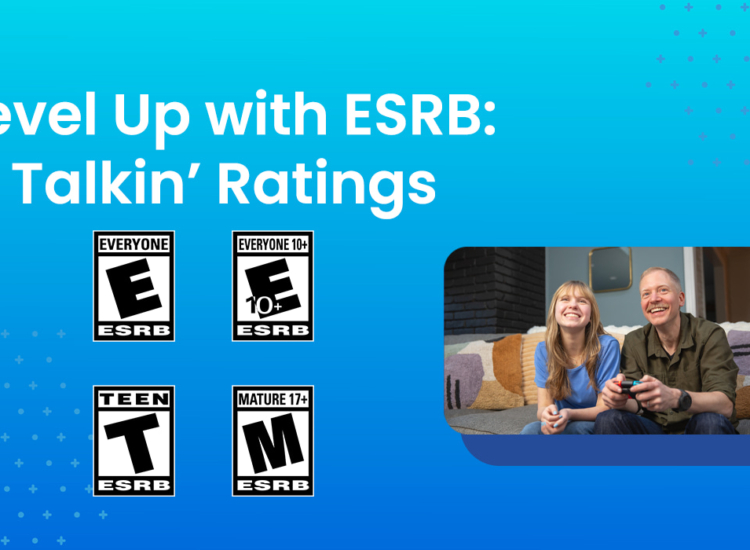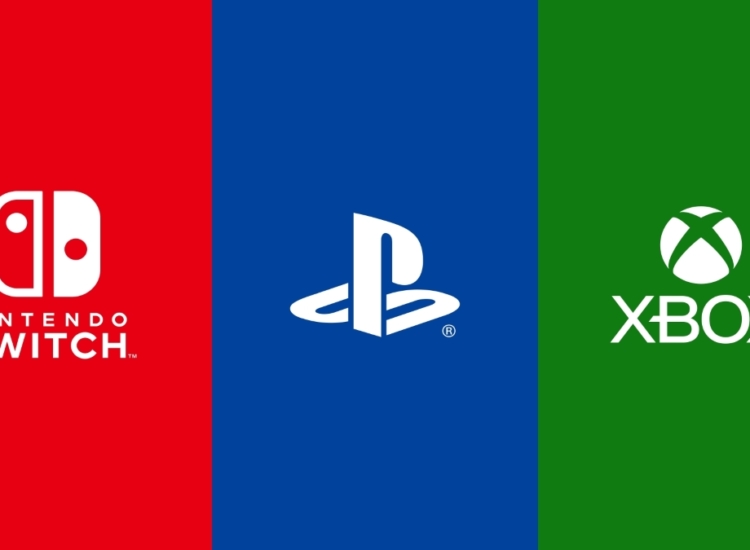Pandemic Redefines What It Means to “Go Play With Your Friends”

“Mom! I’m bored!” came the refrain from my son.
I absentmindedly gave my standard response, “Why don’t you go play with your friends?” The words flew out of my mouth just as my brain kicked in to remind me that, in the midst of a pandemic, it was bad manners for kids to show up at a friend’s house without first invoking complex inter-family logistics similar to prepping for a trip to the moon. “Oh. Right,” I said, feeling stupid.
“That’s okay, Mom,” my son said, reasonably. “I can play with Kayla on Minecraft. Is that okay?”
Just a few months ago, I would not have agreed. But now, I grabbed on to his idea like a life preserver. Kid engaged and out of trouble? Check! Socially distanced play? Check! Age appropriate content? It’s rated Everyone 10+. So, check! What’s not to like?
Going by the data, gaming has taken off during the pandemic, especially online gaming.
But then I started to wonder why my attitude has changed. Are other parents also re-evaluating what it means to “go play with friends”? Going by the data, gaming has taken off during the pandemic, especially online gaming. To get a different perspective, I asked several families about how they’re balancing social interaction with social distancing while making sure their kids are having age-appropriate experiences.
Although each of the families I spoke with had vastly different rules, they all had one thing in common – they grounded their decisions with extensive research, using content ratings and parental control options that help them draw and maintain boundaries for their children.
“I know my kids better than anyone else,” said Jonathan Silverstein, a father of two newborn twins and a teenager. “And one of the great things about ratings standards like the ESRB is that it gives me consistent guidance. I use that guidance to inform my decision-making.”
Here’s a snapshot of the families I spoke with.
The Silverstein Family
Location: Long Island, New York
Number of children: 3
Since the start of the pandemic, Jonathan Silverstein’s 14-year-old daughter Mila keeps up with friends by playing Star Stable Online. In addition, Silverstein and his family in Long Island have also used online games to stay in touch with relatives they’ve been unable to visit, including his two sisters’ families.
“It’s how we as a family have stayed connected with each other,” he said. “That was the only way we could hang out as a family. Even though they’re only about an hour’s drive away, every household in my family has at least one person at high risk for COVID-19 complications, so we might as well be on the other side of the planet.”
“It starts with the age ratings, but it’s the second component, the descriptors, that tells me what is and what is not appropriate.”
– Jonathan Silverstein
Their preferred game? Call of Duty: Modern Warfare and Call of Duty: Warzone. Silverstein is aware that the games are rated Mature 17+, but he’s comfortable with his daughter playing the online game as long as she’s with family members.
“It starts with the age ratings, but it’s the second component, the descriptors, that tells me what is and what is not appropriate,” he explained, referring to the ESRB’s more than 30 Content Descriptors and individual rating summaries. “It’s like movies. Some R-rated movies are okay, because I know my daughter is mature enough to understand the material. Same with the ESRB ratings. The Content Descriptors give me a set of criteria to evaluate the game’s appropriateness. With this title, I know she’s mature enough to understand that this is fiction.”
The Huey Family
Location: Seattle, Washington
Number of children: 3

Amy Huey used to be a lot more circumspect about her three children’s online gaming activities.
In normal times, this wasn’t an issue. With a schedule packed with sports, playdates, school, camps and extracurricular activities, there was little time left over for video games.
Once the pandemic hit, schedules turned upside down. What was once an occasional activity became a primary activity for her three boys, ages 8, 11 and 13 years.
“Since we’ve been home, it’s primarily how they stay in touch with their friends,” Huey said. “They’ve been on Minecraft, Fortnite (Teen 13+), and Terraria (Teen 13+), because that’s where all their friends are. They don’t do social media. Gaming is how they connect.”
The sudden influx of gaming this year has led Huey to pay closer attention to ratings and reviews to help ensure that her boys were selecting games that were appropriate for their ages. “My oldest is 13, and my youngest is 8,” she explained. “With such a wide age range, it’s a challenge to manage. The [ESRB] ratings and descriptors really help guide what we should allow in the house.”
The Bunge Sellers Family
Location: Katy, Texas
Number of children: 2
Tonda Bunge Sellers once maintained an “E-only” household.
“No games unless it’s rated E,” Bunge Sellers said, referring to the ESRB’s “Everyone” rating category that’s granted to games that are suitable for all ages. “It had to be an E, and no online interactions were allowed. I am very intentional about the technology that comes into our home.”
But in May, she found herself re-evaluating her rules for her 10-year-old son.
“I realized I was going to have to let him online,” said Bunge Sellers, who produces events about kids and technology. “It’s hard to be with your parents 24/7 when you’re 10 years old. He needs his friends.”
The family settled on playing Minecraft (rated Everyone 10+) and Fortnite Creative, a sandbox version of the original battle royale version of Fortnite, which was assigned a Teen 13+ rating from the ESRB.
 “We did the research and looked at these games together,” said Bunge Sellers, who drew the line for her family at allowing Fortnite Creative, because it was “still team-based play and building obstacle courses,” but not Fortnite itself because she felt the frenetic third-person combat was not appropriate for her son.
“We did the research and looked at these games together,” said Bunge Sellers, who drew the line for her family at allowing Fortnite Creative, because it was “still team-based play and building obstacle courses,” but not Fortnite itself because she felt the frenetic third-person combat was not appropriate for her son.
“Although the rating was for Teen,” she explained, “I learned personally that the game allows for builders and hunters and that there are collaborative aspects that provided a social outlet for our son during the pandemic.”
Bunge Sellers readily admits that the lines she draws for her family may be very different than what other families may decide for theirs – and that’s okay.
“For me, it helps to have ratings and guidelines created by people that I trust. It means something to me to know that there’s research behind it,” she said. “Every family is different, but having a common standard helps us know what we’re getting so we can make the right decisions for our own families.”
The Chelesnik Family
Location: San Diego, California
Number of children: 1
Like nearly all parents I spoke with, Amy Chelesnik is especially alert to how her 13-year-old son interacts with others while playing online.
“I don’t take issue with him connecting with people he knows. I take great issue with him engaging with people he doesn’t know,” said Chelesnik.
Chelesnik said she specifically approved Minecraft for her son because the game allowed her to set whom he can communicate with. As a former middle school science teacher, her model for vetting games and apps is based on the rigorous standards that school districts place on interactive technologies before they are allowed in classrooms. Even after they make it on the districts’ approved list, Chelesnik made a point of using the technologies herself before deciding whether she would adopt them for her students.
“… It’s important for me to know if he’s going to be interacting with strangers. Will there be in-app purchases? Is there a chat feature? Is our location being shared? Can I limit those things?”
– Amy Chelesnik
“The most important thing for us as a family is having the tools to manage who he interacts with,” Chelesnik said.
“I especially like the addition of the Interactive Elements at the bottom” of the ESRB three-part rating system, she said. “I think it’s awesome, because it’s important for me to know if he’s going to be interacting with strangers. Will there be in-app purchases? Is there a chat feature? Is our location being shared? Can I limit those things? Having clear answers to those questions is important to me.”
The Chen Family
Location: Del Mar, California
Number of children: 4
With four kids age 9 to 16 years, the Chen household is a whirlwind – and the pandemic hasn’t seemed to slow down their pace. To be sure, many of the activities, from theater and improv workshops to cooking classes and video game playdates, have shifted online.
Still, the insatiable curiosity and rocket-fueled energy of each of Kathy Chen’s four children make it a challenge to know everything that goes on at all times. To keep tabs on her kids and make sure they stay within the digital boundaries she sets, Chen takes maximum advantage of all the parental controls at her disposal.
“As a former prosecutor, any kind of consistent ratings system that gives parents a sense of the content and interactive elements is hugely welcome.”
– Kathy Chen
Chen, who spent several years as a prosecutor in Massachusetts, invests time to vet her children’s digital experiences, whether it’s social media, online classes or online games.
“Whenever you bring kids together, you have to be careful,” she said. “As a former prosecutor, any kind of consistent ratings system that gives parents a sense of the content and interactive elements is hugely welcome.”
The ESRB’s rating system, for example, calls out interactive features including the ability for players to interact with each other, whether the game or app shares players’ locations with others, whether there are in-game purchases of digital goods or services, and if unrestricted internet access is provided.
“Look, being online and chatting with friends online is suboptimal,” Chen conceded. “You miss a lot of the nuances of being next to a person. But I can’t imagine going through COVID-19 without it. Even though it’s suboptimal doesn’t mean it’s not useful.”
***
What struck me as I spoke with Kathy and other fellow parents is how the pandemic has reshaped how children interact and how parents think of social play – perhaps in ways that will endure long after a vaccine is developed. To be sure, for many parents online games and digital interactions aren’t a one-to-one substitute for spending time in person. But they can add a new dimension to how our kids develop friendships, along with a sense of community. And as families grapple with how to adapt, ratings are giving parents like myself a layer of confidence and reassurance that they are, if nothing else, making safe, appropriate choices for their children.
As I listened to my son chat with his friend over Minecraft this past weekend, I could hear echoes of the familiar, back and forth patter that the two of them have engaged in since grade school. I have to admit, it soothed me and gave me a sense that, yes, things will be OK after all.
 Alex Pham is a mother, journalist and content strategist living in San Diego, Calif. She previously spent 20 years writing about media and technology for publications such as the Boston Globe, Los Angeles Times, and Billboard Magazine. The highlight of her career was when she beat Pikmin in a single, caffeine-fueled weekend.
Alex Pham is a mother, journalist and content strategist living in San Diego, Calif. She previously spent 20 years writing about media and technology for publications such as the Boston Globe, Los Angeles Times, and Billboard Magazine. The highlight of her career was when she beat Pikmin in a single, caffeine-fueled weekend.



